How You Become the Lead Engineer For the 702-HP Ram 1500 TRX
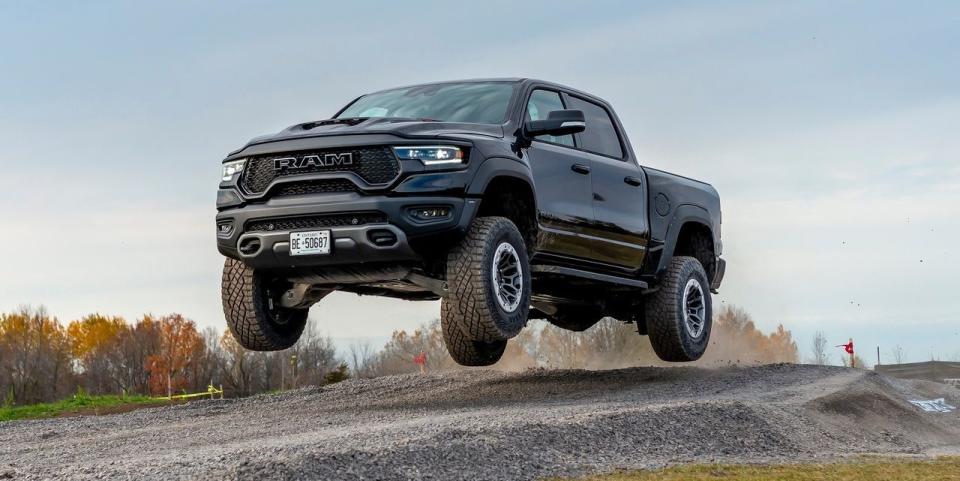
It happened somewhere in the endless expanse of Central Utah's Sevier Desert. In a retelling of the event, Dan Stagner described a swarm of his team members, photographers, and other support staff descending upon the Little Sahara sand dunes for a promotional photoshoot of the Ram 1500 TRX. Nothing out there but the blinding sun, the dried-out brush, and the 702-hp Ram. The big truck glistening against the dunes and tearing through the sand. Stagner, the lead engineer for the TRX, was having the best working day of his life.
“I just remember doing fist bumps and high fives,” Stagner, the lead development engineer on the TRX, told Road & Track. “The professional drivers got in the truck and just ripped up the hills[...] that was pretty impressive.”
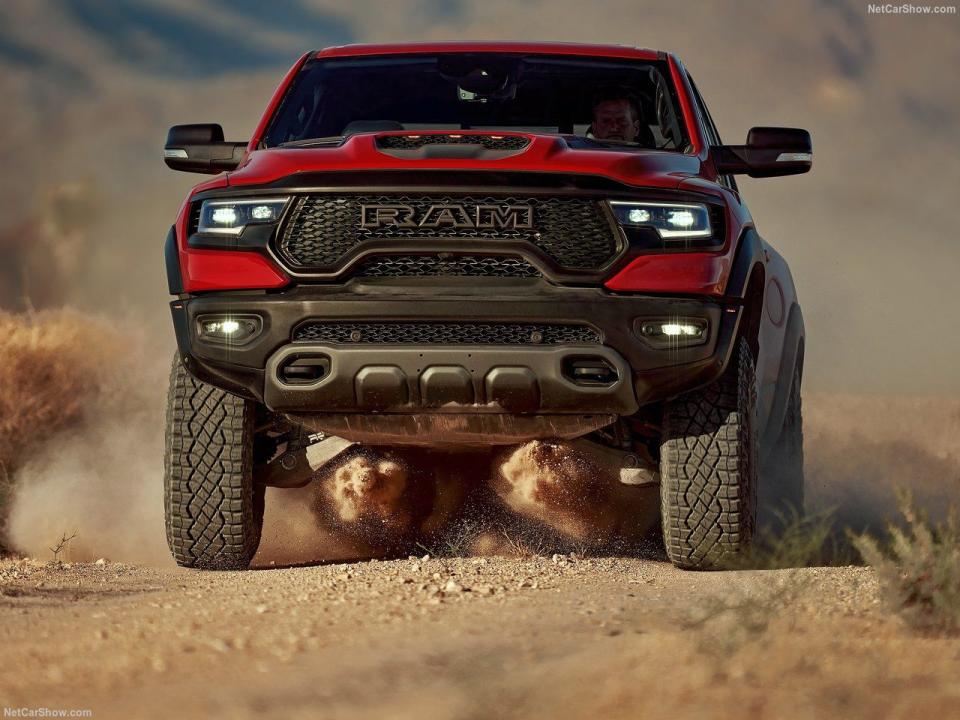
Welcome to The Professionals, a bi-weekly Road & Track column where we talk to the fascinating people behind some of the automotive industry’s most fascinating jobs.
His typically placid demeanor evaporated in the heat of the moment, swapped with pure bliss. It wasn’t his first time out there for a TRX mission. As the head of the project, he had been on constant missions out in the deserts of Arizona. This, though, was different. Most of the desert work had been thoughtful stress testing by trained engineers. They’d go out, break something, redesign the part, work with suppliers to approve the changes, and try again. All so that, by the time the PR folks were ready to do the promo video shoot for the launch, the team could toss the keys to a pro driver and say “go nuts.”
Because the thrill of the development process isn’t all huge jumps and lurid powerslides. One conversation with Stagner, 45, thoughtful and methodical in his every word, would prove that’s not what he’s chasing. It’s the steady improvement that comes with methodically pushing the limits, testing in both ordinary and extreme conditions, and solving thousands of small problems as they arise. It takes as much patience as creativity.
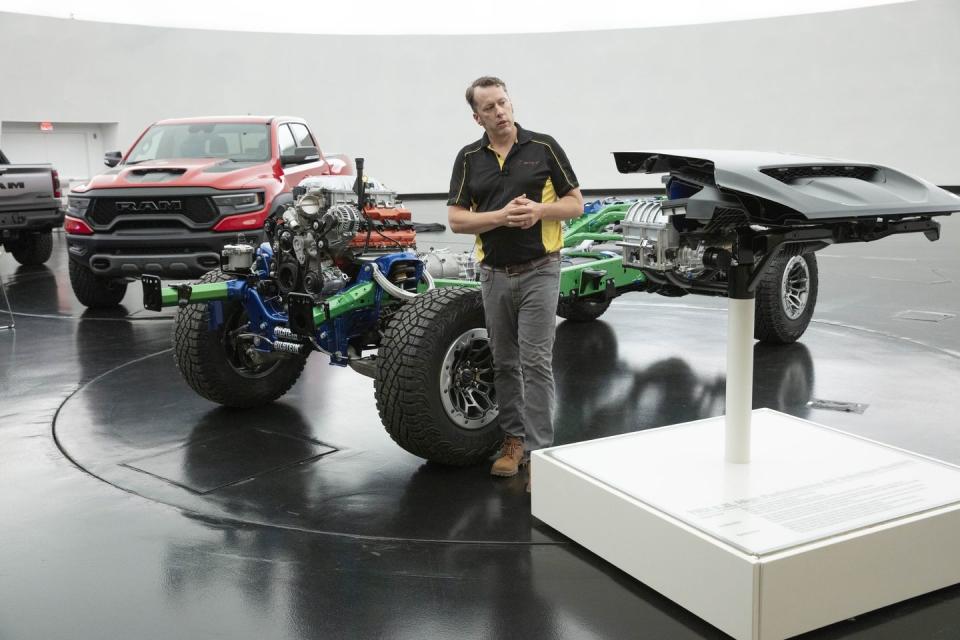
“The data we collect is one thing, but the real world can show random events and things we didn’t anticipate,” he said. “We really had a good team and everybody understood that this was our first shot at a high-performance off-road truck. So everybody wanted to deliver the best truck we could.”
The project was also deeply illuminating. Most new vehicles are developed around the same basic operating environments for which automakers have massive data pools and highly advanced simulations. Proving grounds and well-established on-road testing programs help fill in the gaps.

Not so with the TRX. Jeep can simulate off-road parameters easily and Porsche has great models for how prototypes will behave on a skidpad, but no one at Ram had ever built a 702-hp Baja truck for general consumption. Though he’s quick to credit his team, Stagner had to be a nearly ideal candidate to be trusted with such a high-profile and technologically daring program. Stagner shared a bit of advice about how to land a dream engineering role like his.
“You just really have to look hard at everything. Just question everything. Take the time to really understand the physics behind things. Don’t take anything for granted,” Stagner explained. “That’s how I’ve done all of my roles. Go all in, learn as much as you can, because you’re going to learn something on the first job of your career that you’re going to use on, you know, your tenth job.”
Stagner got his start as a plant vehicle engineer, stationed at the now-shuttered Ram truck assembly plant in St. Louis. After growing up in a Mopar family, committing to the University of Missouri, Kansas City’s mechanical engineering program, and spending his college days working on the school’s SAE Mini Baja program, a Big Three engineering role was already a dream come true. Yet his early work was implementing planned suspension changes at the factory level. That’s a long ways removed from full vehicle development.
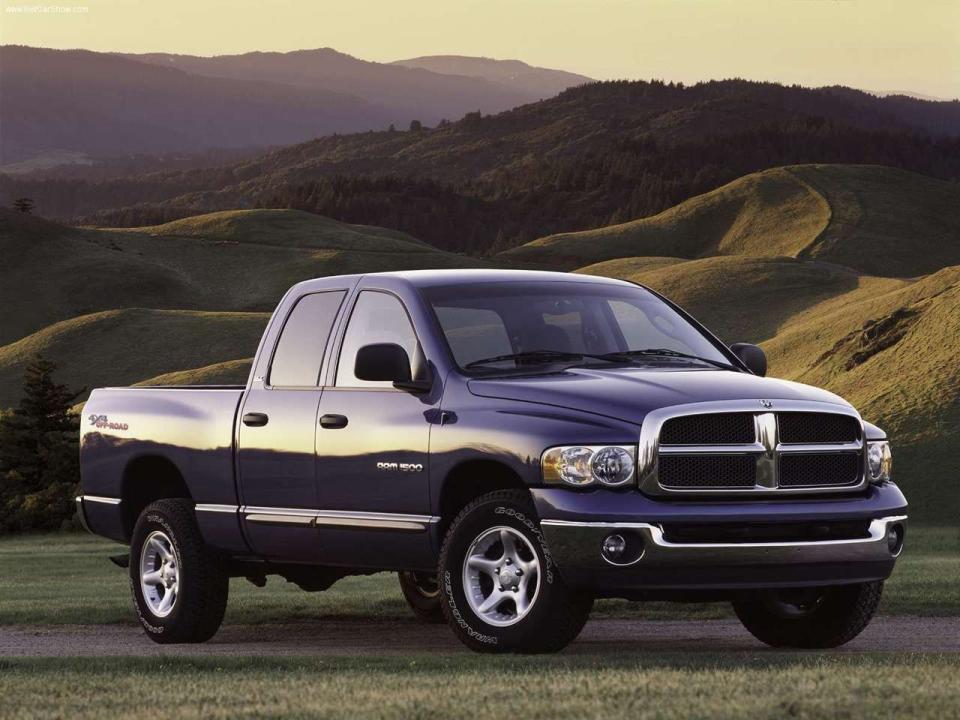
Still, it got him working with the suspension engineers at the mothership. And soon he was moving up and weorking directly on the suspension for the 2004 Dodge Ram. That’s tuning, tweaking and basic design work depending on the day. It was full immersion and he was soon deep within the world of new vehicle development. After that, he moved on to a role with a team concentrating on Noise, Vibration, and Harshness (NVH) issues.
All of these were natural moves in an industry known for shuffling engineers. But it was his boldest move that was probably his best.
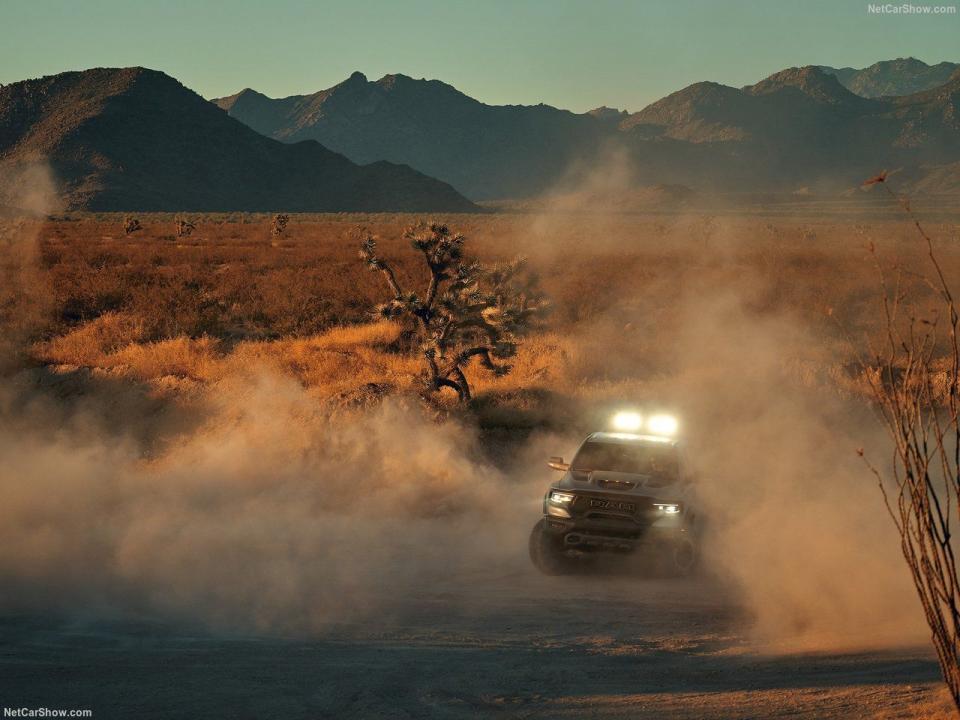
“In the company, there are kind of like two worlds. There’s powertrain and there’s the rest of the vehicle,” Stagner said. Despite both being necessary, these worlds orbit in similar patterns yet far apart. There’s little crossover between teams, even if no official barriers exist. Just one of those unwritten company rules, the kind of thing that—for no firm reason—you don’t do. Stagner did it anyway. He moved on to powertrain development.
He’d worked on powertrain engineering for some of his side projects and was interested in it. That leap gave him the chance to learn about an entirely different side of the development process, giving him experience in and appreciation for another key piece of any program.
Breadth of his experience prepared him to lead the development of the TRX. Stagner had no way of knowing during his SAE Mini Baja days that any manufacturer would ever build a road-going trophy truck. He probably never expected Ram to ever change the suspension game when he joined that team. And he certainly didn’t know that a 702-hp off-road truck was coming down the pike when he jumped the fence to the powertrain team. He just tried his best to learn as much as he could, trusting that it would someday pay off. Watching the truck catapult off another dune in the endless radiance of that Utah desert, it was pretty obvious that day had come.
You Might Also Like

 Yahoo Finance
Yahoo Finance 